Today I’ll discuss how you can transform your home from a liability into an asset.
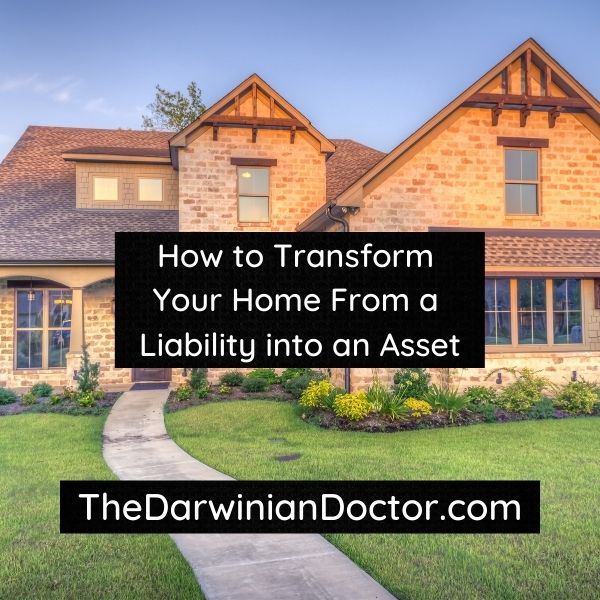
This post may contain affiliate links.
If you’ve read “Rich Dad Poor Dad,” you’ve read the argument that your primary home is a liability. Robert Kiyosaki defines a liability as something that takes money out of your pocket every month. An asset, on the other hand, puts money into your pocket in the form of cash flow every month.
Kiyosaki’s favorite asset is a business or real estate investment. Well crafted investments will faithfully provide you with a steady stream of income every month, even while you sleep. This is the magic sauce that allows for true financial freedom and escape from the rat race.
By his definition, though, a typical primary residence is the opposite of an asset.
Is your primary home is a liability?
Think about your home. Does it put money into your pocket every month or take money away? Most primary homes require monthly infusions of cash just to keep ownership of the property. The most obvious evidence of this is the fact that most people have mortgage payments on their homes.
But this is just one example. There are a lot of ways a personal residence lightens your wallet each month. Here’s just a few that come to mind. (I’m sure you can think of more!)
- Utility bills
- Appliances
- Landscaping
- Property taxes
- Homeowners insurance
Kiyosaki even wrote a blog post about this very topic where he says the concept of a primary home as an asset is one of the “Rich Dad scams” taught to the public to keep people from true wealth.
The counterargument
There’s obviously a lot of people out there that will argue that this is a load of crap. A study in 2012 showed that most Americans own their home (65%), and that primary homeownership accounts for about 30% of the total wealth of US households. Therefore, most people would regard primary homes as a potent part of their net worth and personal assets. Often times, a primary home is a homeowner’s biggest single source of net worth, especially for the middle class.
Recently, homeowners have done incredibly well in terms of appreciation. According to the NY TImes, homeowners during the pandemic have gained over six trillion dollars in wealth due to appreciation as the real estate market spiked over the last 2 years. This is a figure so big that it boggles my mind.
This increase in home equity may allow people to pay for things like home renovation, debt consolidation, and college expenses.
Therefore, it’s easy to see why most people would consider their primary home a valuable asset.
I won’t argue with this line of reasoning. In fact, I’ve benefited from this phenomenon myself, as I noted in my net worth analysis from earlier this year. Since I live in Los Angeles where real estate is very expensive, my primary home accounts for about 25% of my total net worth.
The cash flow problem
The main argument of Kiyosaki still rings true, though. Primary homes are not like rental properties. They do not provide positive cash flow, month after month. Positive cash flow is the stuff that allows for interesting life changes, like cutting back on your work hours. It can even buy full financially independence.
As real estate investors know, rental property has the ability to provide this cash flow. The strong cash flow potential is the main reason why rental property takes center stage in my new plan for financial independence.
Primary homes, on the other hand, take a lot of money to maintain, especially if you’re part of the 65% of homeowners that have a mortgage payment. If you lose the ability to make your monthly payments, you’ll lose your home to the bank and take an enormous step back in your wealth building.
Adding to this negative cash flow issue is the fact that homes are difficult to turn into cash. As opposed to more liquid assets like cash in your bank account and mutual funds, you generally have to either sell your home or take on formal debt to tap its equity. These options have significant transaction costs and require the help of other people, like a real estate agent or mortgage servicer. There are also might be downstream negative consequences like capital gains taxes.
But that doesn’t mean that primary homeowners are out of luck. There are a bunch of ways that homeowners can transform their home from a liability into an asset!
How to transform your home from a liability into an asset
Again, I’m talking about an asset in the Kiyosaki sense of the word, which is a possession or business entity that makes you positive cash flow every month. Here is a list of ways that you can consider to transform your home from a liability into an asset:
- Start a business out of your home
- Move and turn your primary home into a rental property
- Rent out a portion of your home while you still live there
- Take out equity from your home and invest it into cash flowing assets
In my personal life, I’ve chose to do a combination of these options.
How I’ve transformed my home into an asset: Business
First of all, as a partner in my medical group, I technically am a business owner. As I’ve written before, businesses are highly tax advantaged compared to W2 employees. Thus, I have the ability to deduct business expenses. And since I often work from home when I’m on home call, I have a home office. This entwines my own home with my business and allows me get get tax benefits in the form of a home office deduction.
There are more straightforward ways to turn your home into a business of course. You can use your home as a staging ground for your new Etsy business creating scented candles, for example.
How I’ve transformed my home into an asset: Rental
Secondly, my wife and I decided to build an ADU (accessory dwelling unit) in our backyard. This is where my parents live and together they’re an essential part of our family dynamics. They help take care of our kids and for the most part exist symbiotically. This isn’t a source of income for us. In fact, we don’t charge my parents any rent and actually supplement their living costs. But the value they bring to our family is immense.
We also have a spare room that we do rent to my sister at a subsidized rate. This provides her with a really cheap place to live in a nice neighborhood.
(Disclaimer: I won’t say that it’s a good idea for everyone to open up their home to their family members. This can get complicated pretty fast, but in our case it’s working.)
How I’ve transformed my home into an asset: Equity redeployment
Finally, I’ve tapped the equity in my primary home via a HELOC (home equity line of credit). I’ve used this line of credit time and time again to generate rental income via the BRRRR method. In fact, this one HELOC formed the basis of my explosive portfolio growth in 2021. It eventually got depleted, so I rolled it into a primary mortgage refinance in late 2021.
This is the most powerful way that I’ve deployed the locked equity from my primary home into assets that provide positive cash flow.
The downside of this method is that I’ve greatly increased my real estate leverage, which does expose me to a lot more downside risk if the real estate market tanks in another Great Recession.
Conclusion
Your retirement plans might not need you to turn your primary home into an asset. The methods I talked about above are also not the only way to hit financial freedom in the long run. You can certainly get there without tapping the equity in your home.
However, if you’ve got some extra risk tolerance lying around, I personally believe that putting your primary home to work as a cash flow generator is a great way to accelerate your journey to financial freedom.
–TDD
Do you think your home is an asset or a liability? Comment below and please subscribe for more!
Perhaps you’re more of a Facebook type?
Are you a physician, spouse, or professional and you’re interested in using Real Estate to gain financial freedom? Join us in our Facebook group and accelerate your journey!
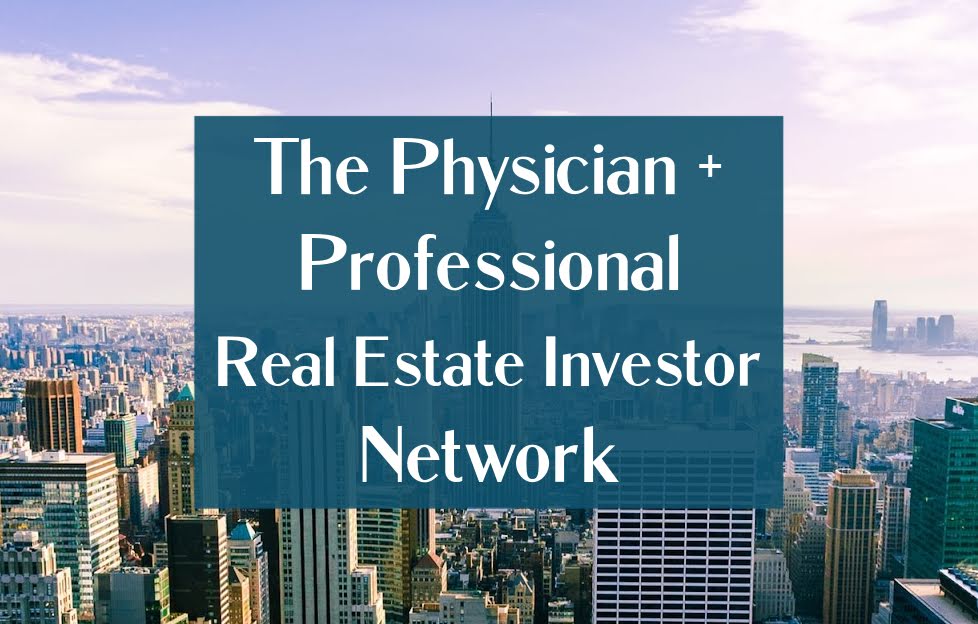
Want to support the blog?
- Join our investor club at Cereus Real Estate
- Visit my Recommendations page
- Check out my wife’s food blog: Eat Dessert First
- Stay at our luxury short term rentals
- Check out my TikTok channel
- Follow me on Instagram
- Follow me on YouTube
- Contact me with questions
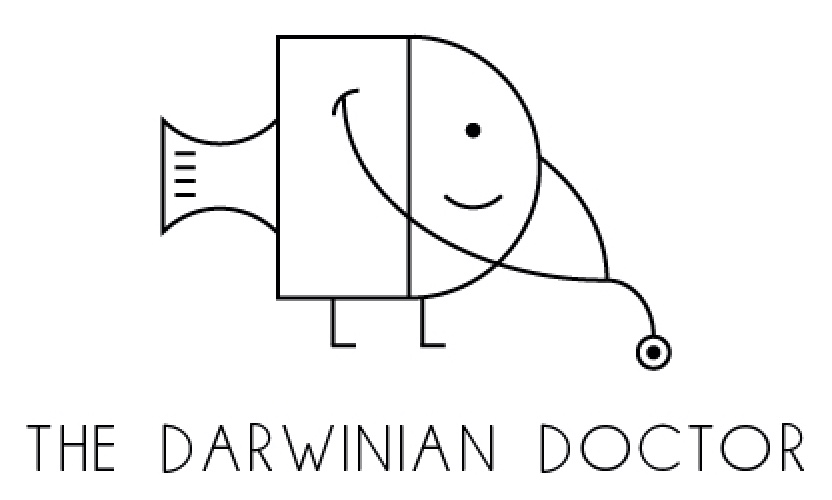
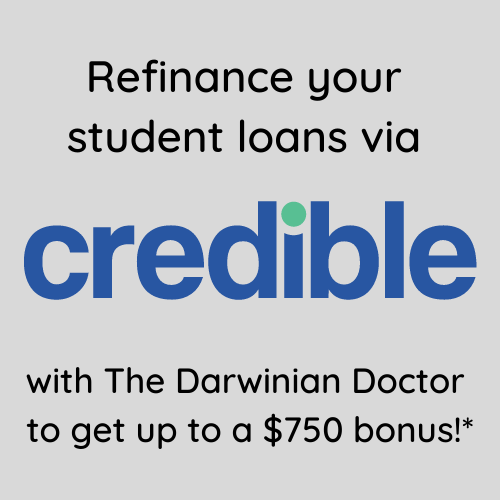
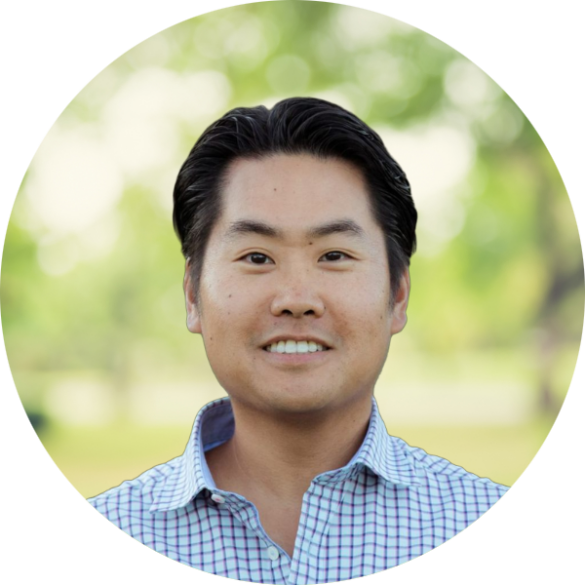

Thanks for a thorough analysis, TDD. The negative sentiment around HELOC is mostly due to the fact that it is often promoted to encourage people to embark on non-income-producing expenditures e.g. vacation, home improvement etc. I realize some may take exception to “home improvement” on the premise that if it is the right improvement, it should improve the equity position in the home. However, so long it is a purely owner-occupied residential property, any such improvement will not by itself put money into ones pocket. I have been on the journey of trying to pay-off my mortgage until recently that I got more enlightened. With about 85% equity in my home, within the next few months, I am looking to use HELOC to send the equity to go labor for me.
I love that visual of you sending the equity to go to work, Niyi! While I do admit that taking out primary home equity to invest into other assets exposes you to some risk, there is also the other risk to consider. By “other risk” I mean the risk of a life without early financial freedom!